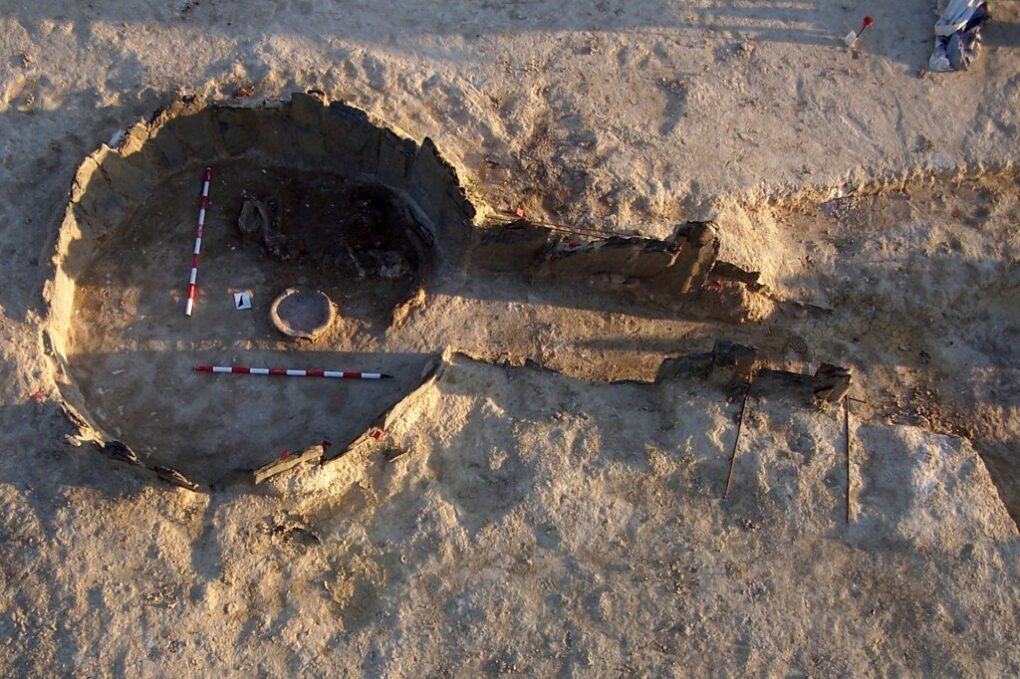Ancient ‘Ivory Man’ tomb found in Spain actually belonged to powerful woman: Researchers

She’s a 5,000-year-old girlboss.
An ancient Spanish tomb that researchers had believed belonged to a wealthy leader they dubbed “Ivory Man” in 2008 has actually turned out to be the final resting place of an apparently powerful woman, researchers revealed.
Now dubbed the “Iron Lady,” the ornately decorated tomb contained lavish items ranging from a rock crystal dagger and ivory tusks. Researchers used enamel extracted from two teeth found within the tomb to properly identify the person, who is believed to have died between the ages of 17 and 25, according to Scientific Reports.
Archaeologists discovered the 5-millennia-old tomb just west of Seville near the southern coast of Spain. In addition to the long-deteriorated remains, the tomb contained ostrich eggshells and amber.
The circumstances of the woman’s burial have led researchers to believe she was of high-status.
“She was buried alone in a tomb with very special artifacts,” said Leonardo Garcia Sanjuan, a co-author and archaeologist at the University of Seville in Spain, according to the report. “That shows that she was a special person.”


Marta Cintas-Pena, also a University of Seville archaeologist and co-author, said the woman’s burial is far different from others found.
“The Ivory Lady’s burial stands out, head and shoulders, above everyone else — there is absolutely no known male or female burial that compares to hers,” she said.
Researchers hope the latest development will lead to future advancements and learning more about the woman and her society.



They also said the discovery of her gender could lead other researchers to revisit other cases where they assumed the person was a man.
With Post wires.
















